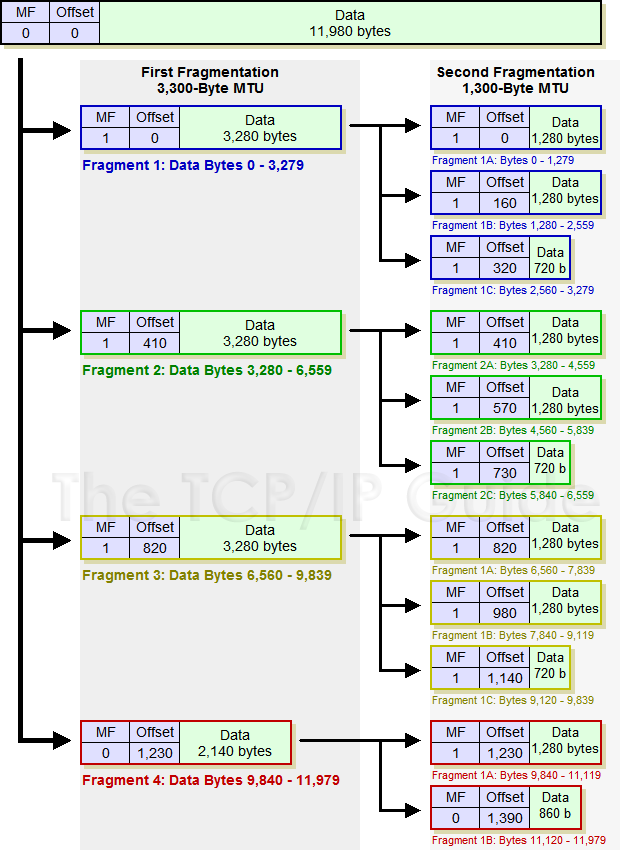 Besides wishing you happy holidays, I want to give you some examples of encrypted messages.
Besides wishing you happy holidays, I want to give you some examples of encrypted messages. Each decrypted message is a homework well done. So feel free to submit your responses to get extra credit.
1) SSB3aXNoIHlvdSBoYXBweSBob2xpZGF5cyBmb3IgeW91IGFuZCB5b3VyIGxvdmVk
IG9uZXMuCg==
2) Zkij te dej unfusj jee cksx veh renydw tqo. (spaces and symbols are preserved, substitution was used here).
3) Dye edaoiteeduexttsin u? rperpt bs iovec nsoo d (transposition was used here).
Please note there may be two blank spaces, so let's print it again using monospaced charset:
Dye edaoiteeduexttsin u? rperpt bs iovec nsoo d
................................................
Please note there may be two blank spaces, so let's print it again using monospaced charset:
Dye edaoiteeduexttsin u? rperpt bs iovec nsoo d
................................................
4) psdo do qcvpsti tlqxbzt vy xvcvqzbsqwtpde ohwopdphpdvc whp psdo pdxt dp do cvp q eqtoqi edbsti (again this is just monoalphabetic substitution)
Please note this homework is no longer offered nor it will be marked any more.













